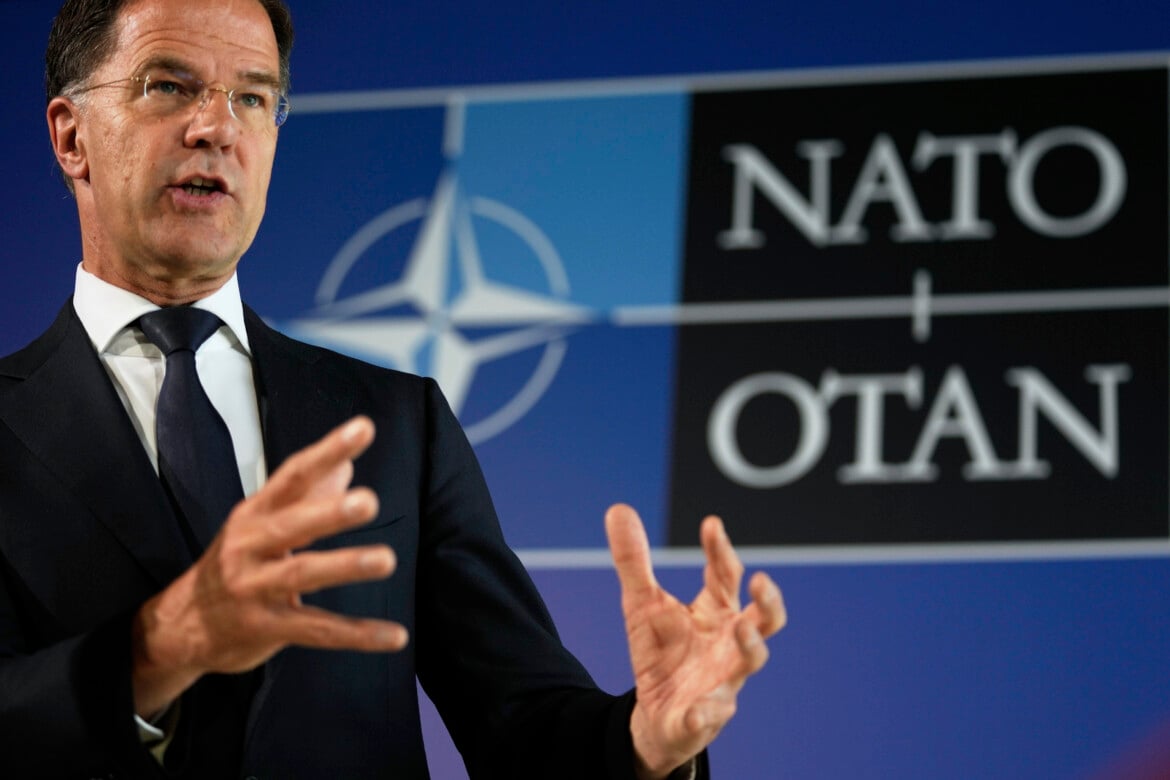Analysis
Italy claims it has increased military spending to 2% of GDP
The scenario Rutte envisions would allocate 3.5% of GDP to the armed forces, plus an additional 1.5% for military-related expenditure which can include infrastructure that facilitates troop mobility – ports, roads, bridges, etc.

The goal is to raise military spending to no less than 5% of GDP. Donald Trump asked for it some time ago, and now NATO is falling in line. For European countries this is a very high bar, considering that at this point only Poland comes close to the target, followed by Greece, with Spain and Italy far lower. In late April, Spanish prime minister Pedro Sánchez announced a controversial plan to increase military spending to at least 2%, and now Italy is scrambling to do the same.
The Meloni government’s announcement came on the occasion of the meeting of NATO foreign ministers hosted in Antalya. In Turkey – which has NATO’s second-largest army after the United States and serves as the diplomatic nexus for the ceasefire talks in Ukraine – alliance secretary-general Mark Rutte handed out report cards to the “well-behaved” allies. Along with Luxembourg, Brussels and Ljubljana, Rome was also included among the “good guys” who are willing to spend more on weapons. And while Paris and Berlin are saying they are aiming at the very high 5% target, the Italian government sees fit to boast about an increase of even a few decimal points.
This could be seen in Foreign Minister Antonio Tajani’s statements on the sidelines of the Antalya summit: “Italy has reached 2% of GDP for defense and security spending,” he said, adding that “the document is already on Rutte’s desk.” The result is not the actual goal but “a starting point,” Defense Minister Guido Crosetto admitted, who was nonetheless in a jubilant mood: “That was the commitment we made, and today we have kept it.”
The government’s announcement came as quite a surprise. Five-Star Deputy Francesco Silvestri, skeptical of the figures, called for an urgent briefing to the Chamber by the two ministers: “They must explain how we moved from 1.5 to 2% overnight.” He claims the math doesn’t add up: “Since the supplemented defense budget in the last budget law was under €35 billion and 2% of GDP would be €45 billion,” Crosetto needs to explain “where he found €10 billion overnight to invest in military spending.”
“It is clear that 2% is not nearly enough,” the NATO leader stressed at the end of the summit in Turkey. The scenario Rutte envisions would allocate 3.5% of GDP to the armed forces, plus an additional 1.5% for military-related expenditure which can include infrastructure that facilitates troop mobility – ports, roads, bridges, etc. In Rutte’s vision, this is how the figure of 5%, of Trumpian inspiration, would be reached within a maximum of seven years.
But Rutte is willing to go even further in the service of the White House, proposing a different model of financial burden-sharing within NATO. The German weekly Spiegel has revealed the contents of a letter to the allies in which Rutte proposes to rebalance war funding: the split that was previously 50% to the United States and the rest to Canada and European countries should be shifted to 70% to the latter and only 30% to the Americans.
For now, these new rules are only at the announcement or prediction stage. The exact figures and timeline will be on the table at the NATO summit to be held in The Hague from June 24 to 26. That is when everything, including Italy’s real numbers, will be made official. In The Hague each state will have to decide on its spending increases, also with a view to the European Council which will meet on June 26, when state governments will have all the elements to assess how to use the financial instruments in Ursula von der Leyen’s rearmament plan.
Originally published at https://ilmanifesto.it/litalia-le-nostre-spese-per-la-difesa-al-2-del-pil-la-nato-serve-il-5-da-tutti on 2025-05-16
